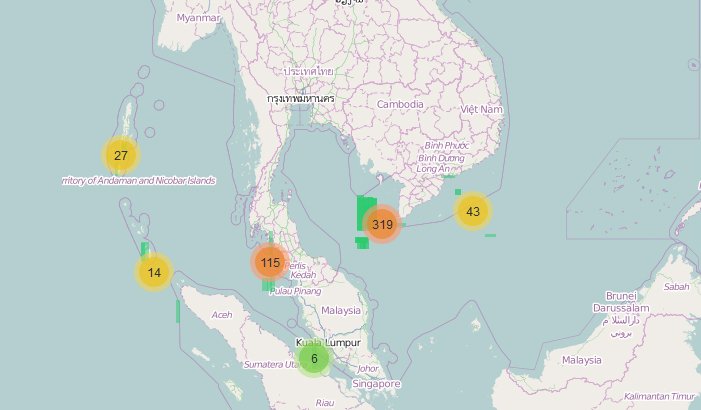US-based satellite imagery company DigitalGlobe is using its recently acquired crowdsourcing website Tomnod to search for missing Malaysian Airlines flight MH370.
DigitalGlobe acquired Tomnod in 2013 and has used it for numerous recovery efforts including Typhoon Haiyan which hit the Philippines last November.
DigitalGlobe is using its own “advanced” satellite constellations to take images of the vast search area for the missing aircraft.
The company uploads the images to its Tomnod platform where volunteers can search through the satellite pictures for clues to help locate flight MH370 which disappeared en route to Beijing on 8 March with 239 people on board.
The MH370 campaign began on 10 March 2014 where 3,200 sq km of imagery was available to analyze.
Just a day after it launched the sheer volume of traffic going to the site crashed its servers.
DigitalGlobe said in a post on its website "The sheer volume of traffic was a challenge at times for our servers to handle, but we are managing the spikes in activity much better now."
On 12 March, the website reported more than two million users, with more than 645,000 features tagged, making it the largest Tomnod campaign in history, according to DigitalGlobe.
DigitalGlobe uses Adaptive Computing’s Big Workflow solution with workload management solution Moab in its data centers to allocate resources, maximize data throughput and monitor system efficiency to analyze archived Earth imagery.
The company said the imagery contains more than 4.5bn sq km of global coverage.
The solution can process geospatial big data in up to 90 minutes to aid first responders during natural disasters.
Adaptive Computing said Moab allows DigitalGlobe to operate at a global scale with the timelines their customers need by breaking down silos of isolate resources and increasing maximum workflow capacity.
DigitalGlobe said in a blog on its website: “We appreciate the work that so many of you have done to search for clues and spread the word, and we sincerely hope the efforts will lead to a breakthrough.”

